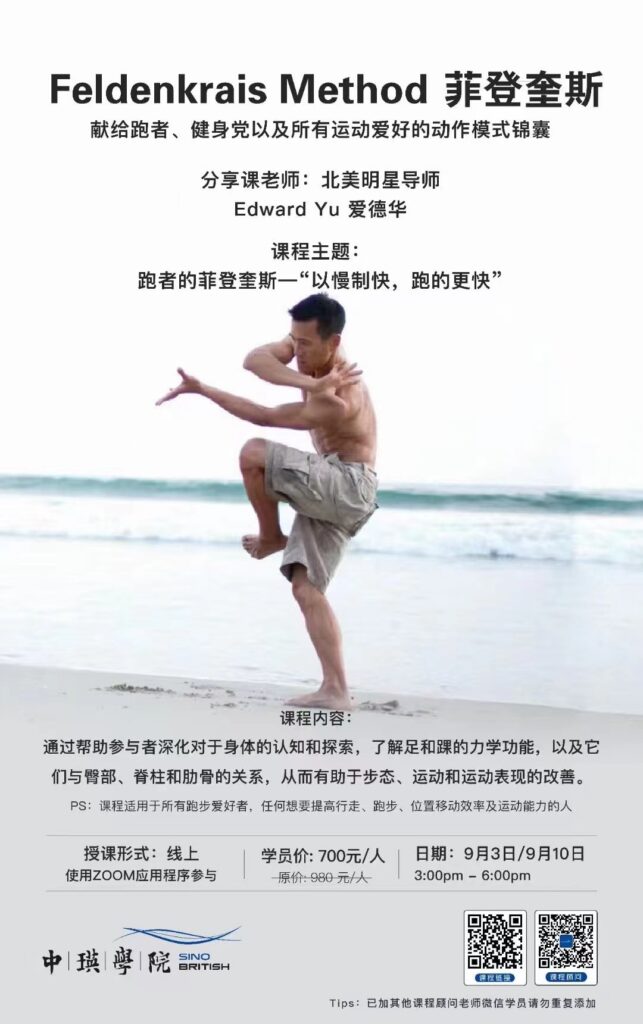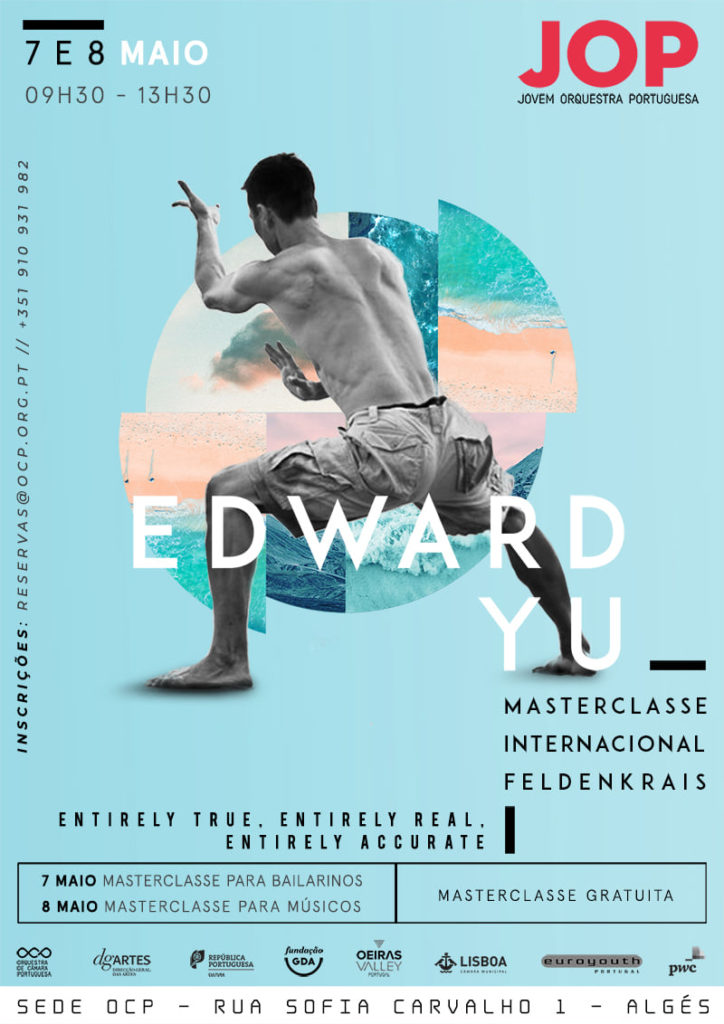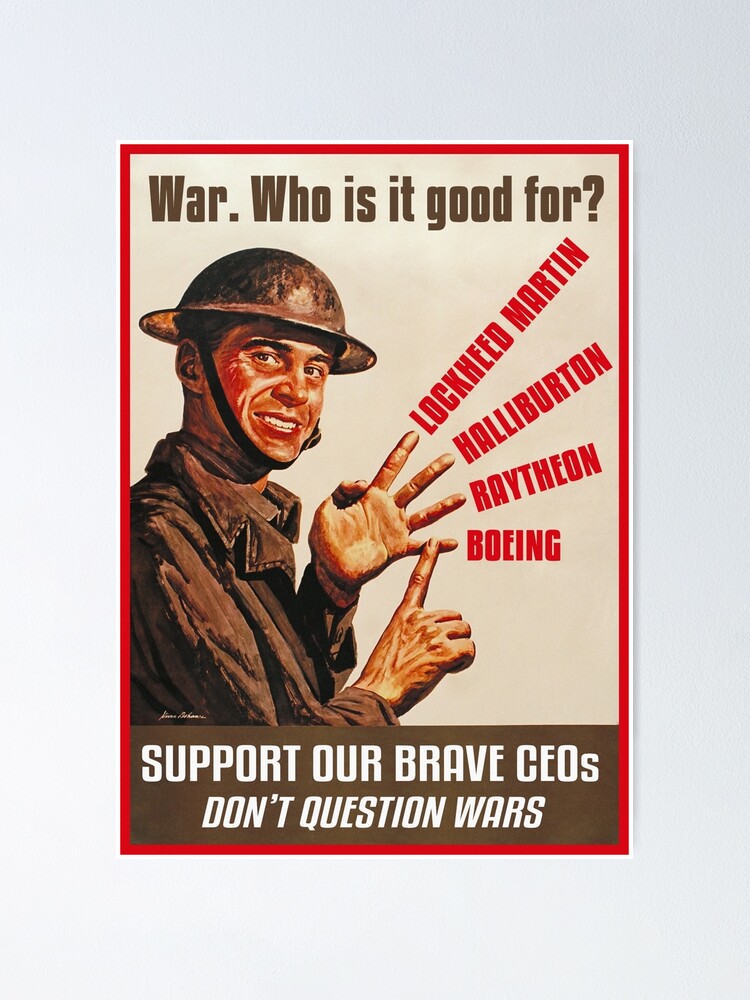“Yet what are the obscure causes that draw a man to his family, his house, his memories, like a spring draws a small flock of mountain goats?”
Constraints can lead to…
“So many witnesses observed the utter freedom of his flights of thought, yet when Feynman talked about his own methods he emphasized not freedom but constraints.” -James Gleick, Genius: The Life and Science of Richard Feynman
In the spirit of Richard Feynman and indeed, all great scientists, artists, athletes, martial artists and dancers), pianist Nahre Sol reinterprets the jazz standard, Autumn Leaves, by employing some of the same constraints used by legendary composers. The results are as varied as they are mesmerizing.
Free Your Shoulders, Neck and Back on October 29
(Workshop conducted in both English and Mandarin)

Online Running Workshop in Shanghai, China

Stinger Missiles, Mercenaries and Neo-Nazis: What Could Possibly Go Wrong?
From the US vantage point, what is a “democracy”? In today’s Orwellian vocabulary, it means any country supporting US foreign policy. … The antonym to “democracy” is “terrorist.” That simply means a nation willing to fight to become independent from US neoliberal democracy.
-Michael Hudson, “America Escalates its ‘Democratic’ Oil War in the Near East,” Counterpunch, 6 January 2020
Click here to read my recent article on the situation in Ukraine (published in Medium.com)
Feeling Versus Trying To Be (Mechanically) Perfect
“When I took my time, when I really engaged with the emotional part of my being as I played, I started playing in an imperfect way [which sounded much better].” -David Walliman
David Walliman describes his journey from being technically sound to being more musically in touch with his playing of the blues. In the process he discovers that being technically sound yet without feeling can lead to boring music.
Metatarsals to Metacarpals: A Running Workshop
It is not uncommon, when watching Olympic runners bounding across the track in their typically graceful and relaxed manner, to feel as if they are floating on air. Their apparent effortlessness is due in no small part to their ability to coordinate (or synchronize) their feet, hands, arms, and legs such that they move in a cooperative, and even synergistic fashion. In fact, producing an efficient and powerful stride can be thought of as the act of coordinating (or synchronizing) the movements of your entire body from metatarsal to metacarpal, and head to toe, in such a manner that the whole becomes greater than the sum of its parts and muscular force, rather than being additive, becomes multiplicative.
Continue readingEntirely True, Entirely Real, Entirely Accurate

A Feldenkrais® master class for dancers, singers and musicians
Uma masterclasse de Feldenkrais para bailarinos, cantores e músicos
Before you choose a side in the current war(s), consider this…

Arches and Spirals for Pliable and Strong Feet
(A 3-day workshop)
If today, you were to page through any random exercise, yoga, running, or physiotherapy magazine, you would stand a good chance of finding expert tips on how to relieve the pain in your heels, soothe the aching in your metatarsal joints, raise your fallen arches, or otherwise develop less burdensome and more aesthetically pleasing feet. Yet if, hoping to actually improve the functioning of your feet, you were to follow the tips, you would likely be in for a disappointment. This is because rapid-fire information of this nature normally emerges from a reductionist paradigm that views the human body as a machine, learning as a mechanical “input-output” protocol, and individual movement as divorced from not only cultural influence, but the possibility of sensing, feeling, and even thinking on a deeper level.
Continue reading